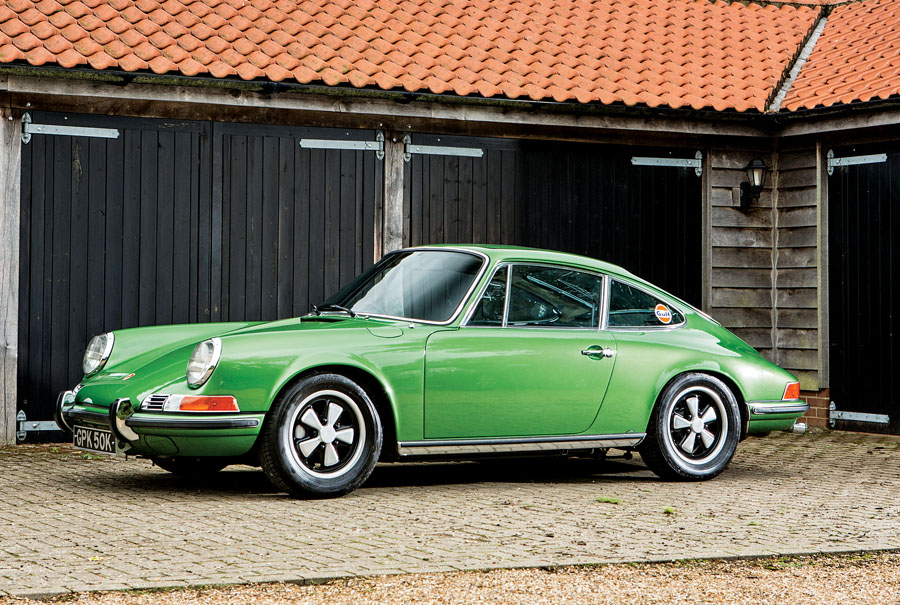- Owned by the vendor in 1978/1979 and from 2009 onwards
- Professionally restored by Prill Porsche Classics
- Circa 800 miles since completion in 2015
- Restoration bills totaling about £75,000 ($97,400) available
- Beautiful condition
1971 Porsche 911S 2.2-Liter Coupe

